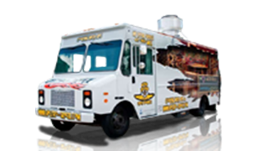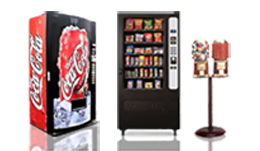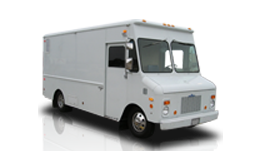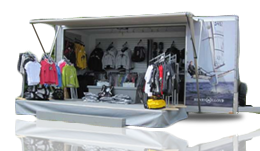Day Cab Maintenance Checklist to Prevent Expensive Downtime and Repairs
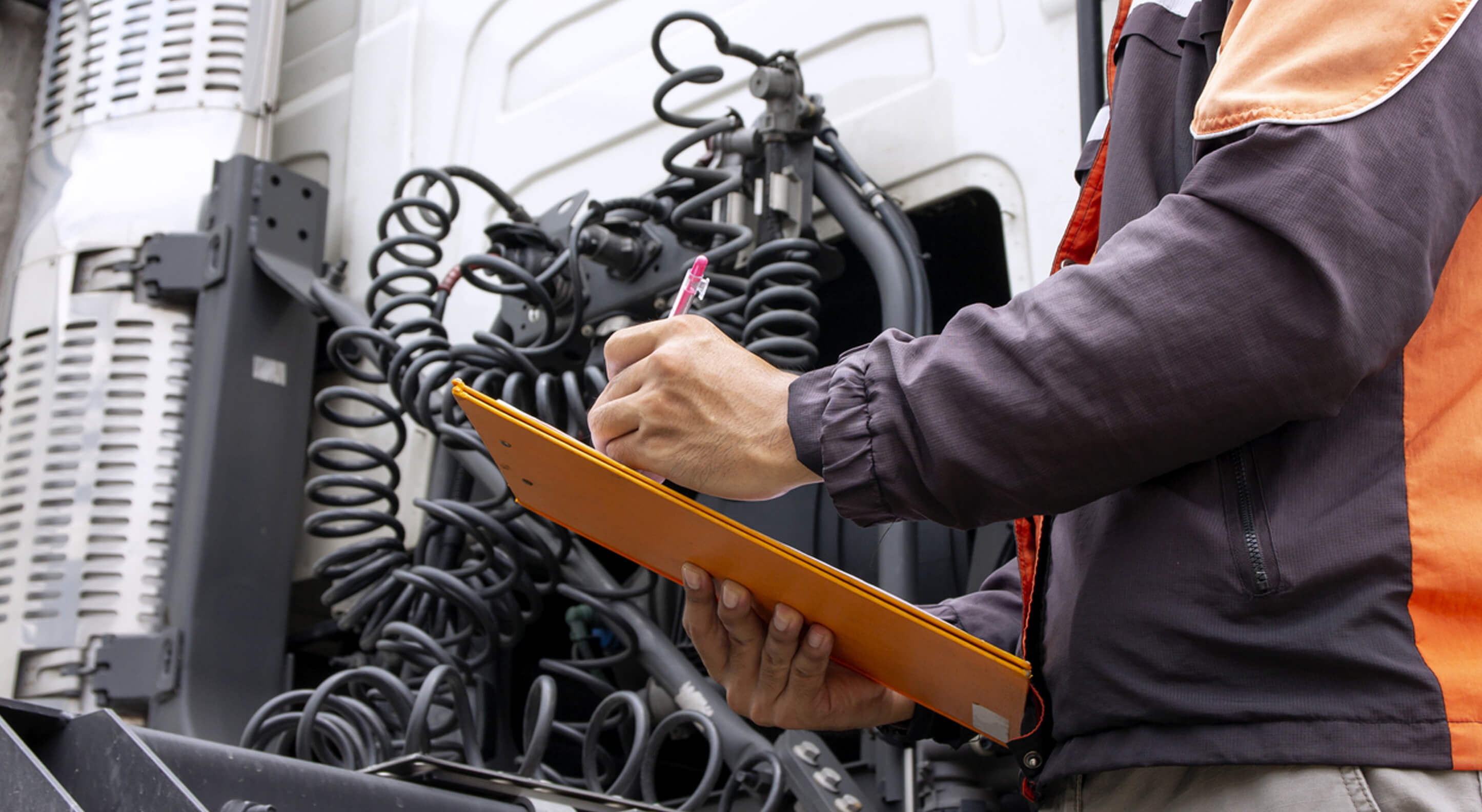
Prevention is better than cure. This is a popular saying from health enthusiasts. But such a saying holds among vehicles also, specifically today’s cabs. A day cab is a truck without a sleeper cabin. It only includes a single compartment above the engine of the truck. They also don’t have a rear window like sleeper trucks. Day cabs are perfect for short hauls or long journeys. Being a semi-truck, their average lifespan is 15 to 16 years. This of course means that they should properly be maintained. Below is a day cab maintenance checklist to prevent expensive downtime and repairs.
What’s Inside
There are two categories of a day cab maintenance checklist. These are maintenance by miles and seasonal maintenance. Maintenance by miles depends on how far a day cab is driven and the fuel system it uses. Most day cab manufacturers give guidelines on when specific parts of the day cab may need replacement after a specific mileage run.
Seasonal maintenance depends on the day cab’s route and weather condition of the place where it travels. Extreme heat and cold plus the road condition that a day cab commonly encounters can affect different parts of the day cab. It hastens the wear-and-tear of those parts. So, we need to keep inspecting and testing these parts. Below is a quick run-through on how to perform a basic check of a day cab’s preventive maintenance.
Maintenance by Miles
Axles, CV Joints, and Drive Shafts
A day cab’s axle, CV joints, and drive shafts support the drivability and performance of a day cab. A vibration when starting your vehicle signals issues on your axles. Clicking and clunking noises may indicate the need to replace your CV shafts. While difficult steering, especially when making turns, hints at damaged drive shafts. In the absence of these determinants, it is recommended to have your axles, CV joints, and drive shafts inspected every time you have an oil change.
Body, Glass, and Mirrors
It’s important to check the body of your day cab for any deterioration or deformation. Check for bumps, cracks, and rust that can affect the day cab’s efficiency if not repaired properly. From time to time, see if the glasses and mirrors are still clear. Unclear glasses and mirrors can compromise the safety of the day cab and its driver.
Belts and Hoses
The day cab’s timing belt allows the crankshaft to turn the camshaft. It’s also called a Gilmer or camshaft drive belt. You must replace a timing belt every 50,000 to 60,000 miles. Serpentine belts power the aircon compressor, cooling fan, injection pump, and power steering. It’s also called a drive belt. You must replace a serpentine belt every 36,000 to 50,000 miles. A day cab’s hoses include an upper and lower coolant hose in the radiator and a heater hose. They serve as the pathway for coolants to flow within the engine, heating block, and radiator. Cracks may slowly form from inside these hoses which can lead them to burst or the engine to overheat. You should check your hoses every 6 months.
Engine and Transmission Mounts
The day cab’s engine transforms fuel into mechanical energy. While the transmission transfers that power to the wheel shafts. These two main components of a day cab are collectively called the motor mount. They work together to make it run at different directions and speed. Generally, the day cab’s engine and transmission mount last between 5 to 7 years. You should clean your truck’s engine every 3 or 6 months. While a transmission flush should be done every two years. Here’s how to check your truck’s transmission fluid before calling your transmission specialist.
Engine Oil and Filter Changes
The recommended interval in changing a day cab’s engine oil and filter is anywhere between 15,000 to 50,000 miles. This depends on the truck’s age, engine design, oil properties, and running condition. The older your day cab, the more frequently you need to change oil. It’s important to check your oil level and viscosity daily before you operate your day cab. If the oil level goes down quickly and if the oil gets thicker, you should change your day cab’s engine oil and filter right away. Lack of enough oil and thicker oil can ruin your engine. They also waste energy and can cause overheating.
Exhaust System
The purpose of an exhaust system is to get rid of gases from entering the inside of a day cab. These gases are hazardous to health. The exhaust pipe, muffler, and tailpipe comprise the exhaust system. They are located under the frame of a day cab. A day cab’s exhaust system typically lasts for 2 to 3 years. Yet, you should make it a habit to check them every time you have an oil change. You should also watch out for signs like acceleration noise and strange vibrations coming from the exhaust system. These factors can mean some exhaust leaks or troubles.
Steering and Suspension System
Ball joints, coil springs, shock absorbers, shocks, struts, and sway bars can malfunction and weaken over time. As such, making up the steering and suspension system, they decrease the ability to control a day cab. Most truck manufacturers recommend inspecting your steering and suspension system every 50,000 miles. But there are some signs to keep watch showing problems in this section of a day cab. These are bottoming out during bumps, leaks on the shocks or struts, and nose-dives when braking. Clutch stiffness and irregular bouncing and swaying also mean that something is wrong with your steering system.
Tires
Day cab’s tires are rated to last within 50,000 miles. But factors like driving habits and road conditions affect the tire tread. So, you would need to check it from time to time. The simplest way to do this is a penny test. Put a penny inside the tire tread pointing with Lincoln’s head on top. If you can see the entire head above the tread, it’s time to replace the tires.
You may also check this article on how to maintain your truck’s tire pressure.
Seasonal Maintenance
Air Conditioning
A day cab’s air conditioning system is popularly called an HVAC. You should have it checked by a professional at least once a year. This is important before the summer months where you would need cooling inside your cab. From time to time, you should also inspect the system for any debris building up or leaks.
If you need to replace your AC unit, here are some of the best air conditioner units for sleeper cabs, which you can also consider for your day cab truck.
Braking system
The ideal brake inspection interval is every 6 months. But during winter, you should see to it that your ABS is working properly. They are very important for safe driving in harsh road and weather conditions.
Coolant
It’s also important to drain and flush your coolant and do a pressure system check every year. You can best perform such preventive maintenance before the summer months.
Electrical System
Your day cab’s electrical system should be inspected every year, most likely before the rainy season or winter. Watch out for any corrosion on your battery and see to it that the wires are secured. Other than these integral components, you should also do a check on your fuses, horns, and lights.
Windshield
A very important part to check on your day cab before rain or winter comes is your windshield. A chipped or cracked windshield needs immediate replacement. Ensure that the wiper blades are sharp enough to work properly. Also, don’t forget to check if the defrosters function well.
Preventive maintenance is crucial to keep your truck in good condition. But also remember to consult with an expert mechanic to determine the exact condition of your semi truck. When it’s close to failing or already beyond repair, you can always find replacements at UsedVending. We have a wide range of semis, day cabs, semi trailers and more. Visit our website today!


